10 Incredible Snow Animals That Are Built for the Coldest Places on Earth
When temperatures sink well below zero and the ground freezes solid, most animals head for shelter or migrate somewhere warmer. But a few species have figured out how to live right where the cold hits hardest. Here’s a look at ten wild residents that are built to take on the cold, ice, and endless winter.
Snow Leopard
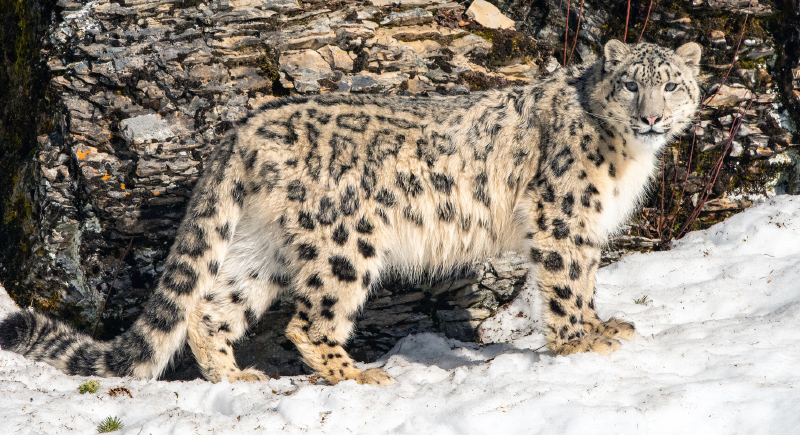
Credit: iStockphoto
The snow leopard moves with stealth. Its extra-thick fur traps heat, and its wide paws act like built-in snowshoes. Unlike big cats that roar, this one communicates with hisses and growls. When it sleeps, it wraps its long, furry tail around its face.
Emperor Penguin
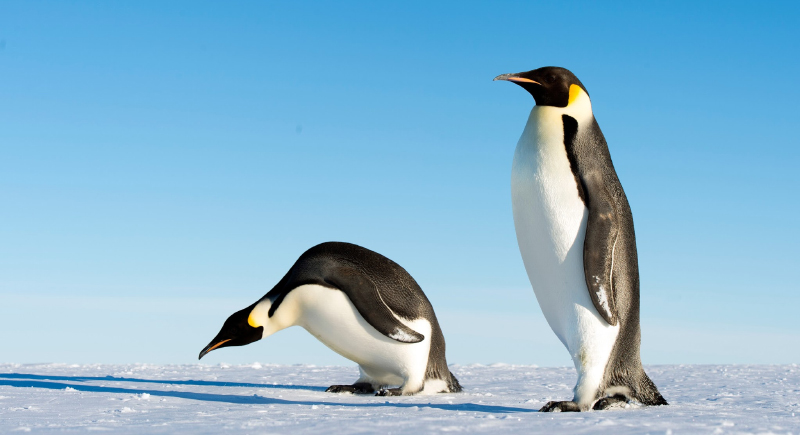
Credit: Wikimedia Commons
No other bird breeds through an Antarctic winter quite like the emperor penguin. While the females head off to feed, the males stay behind, balancing eggs on their feet for two full months. They rely on body fat and dense feathers to make it through minus-40 temperatures, and form tight huddles that rotate constantly.
Arctic Fox
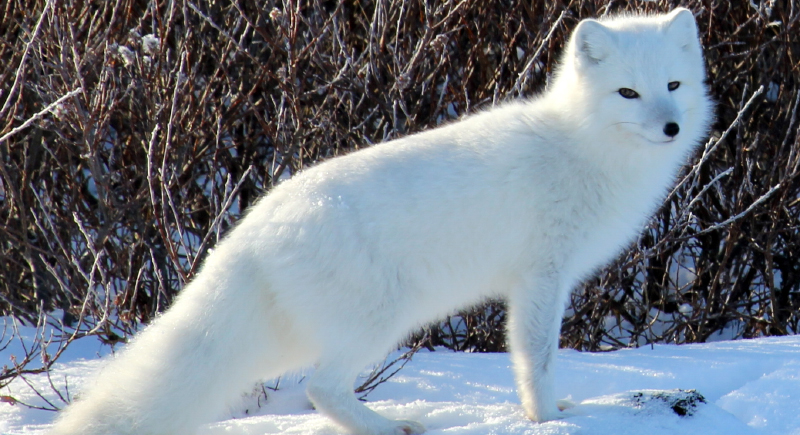
Credit: Wikimedia Commons
In the tundra’s worst weather, the Arctic fox just keeps going. It grows a coat so dense, even its footpads are fur-covered. Their fur shifts color with the seasons—white in winter, brown in summer—for constant camouflage. It’ll scavenge leftovers from polar bears or stash food in the permafrost.
Muskox
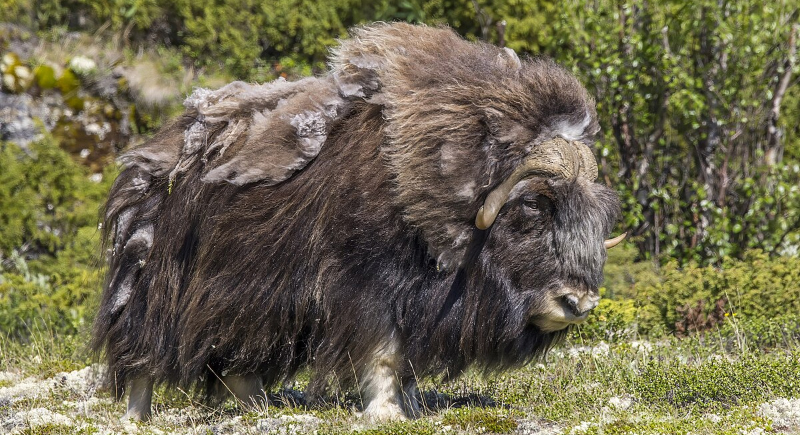
Credit: Wikimedia Commons
A muskox’s undercoat, called qiviut, is so fine and warm that it’s used to knit expensive winter wear. These animals haven’t changed much since the Ice Age, and when threatened, they form a defensive circle.
Snowy Owl
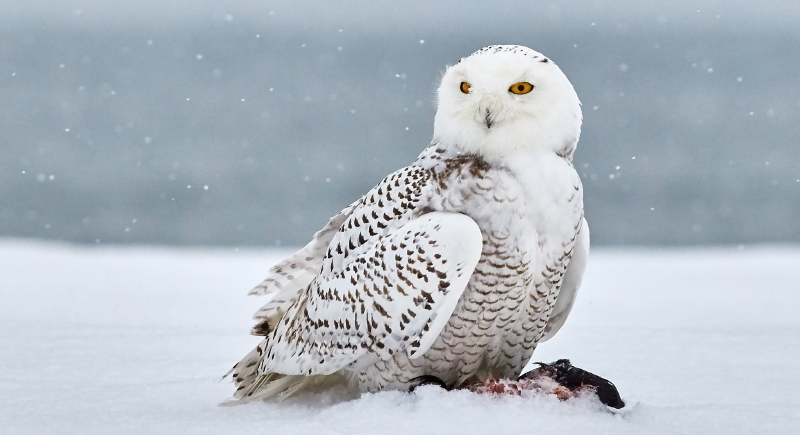
Credit: Wikimedia Commons
Most owls hunt at night, but the snowy owl breaks that rule entirely. It’s out and active during daylight, especially during the long Arctic summer. In winter, it doesn’t migrate far—just enough to keep the food coming. Those thick white feathers cover every inch of its body.
Narwhal
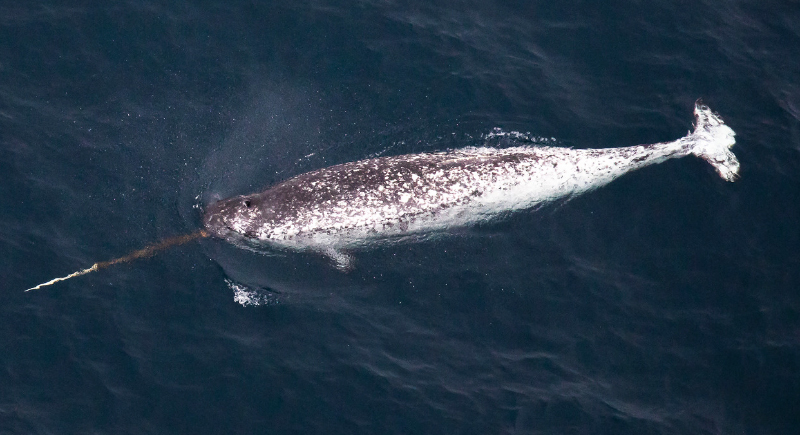
Credit: Wikimedia Commons
Under Arctic ice, the narwhal glides through frigid water with barely a ripple. Males grow a spiral tusk that can reach ten feet long, though its exact use is still debated. These whales dive to incredible depths of over 4,900 feet to hunt fish and squid while holding their breath for up to 25 minutes.
Arctic Hare
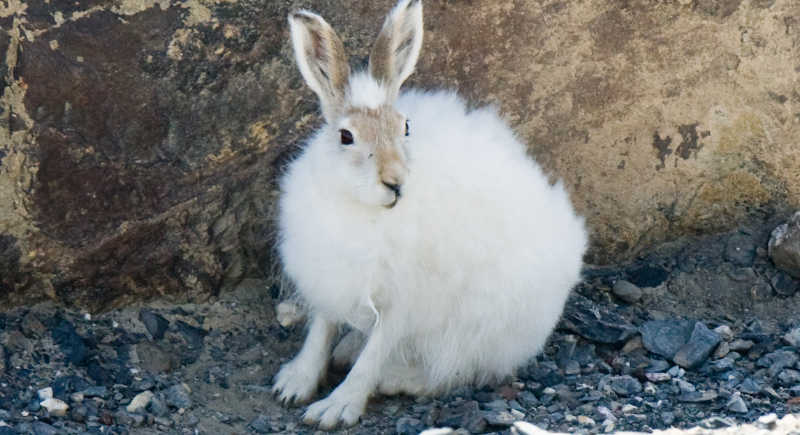
Credit: Wikimedia Commons
The Arctic hare has a compact body and short ears that conserve heat, while its powerful legs launch it across the snow at surprising speed. During winter, it gathers in groups for safety and warmth.
Walrus
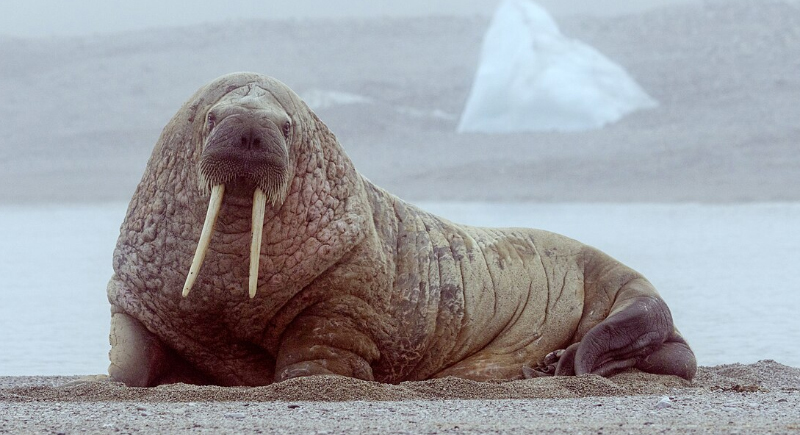
Credit: Wikimedia Commons
The walrus spends most of its time lounging on ice or foraging on the sea floor for clams. What keeps it warm isn’t just bulk—though adult males can weigh over 3,000 pounds—it’s the six-inch layer of blubber beneath its skin. Those long tusks help pull the walrus onto ice or break through thin layers when needed.
Reindeer

Credit: Wikimedia Commons
Reindeer hooves adjust with the seasons. In summer, they’re soft for better grip on wet ground. When winter sets in, they harden to cut through snow and ice. These animals cover huge distances during migration, fueled largely by a diet of lichen scraped from frozen ground.
Polar Bear
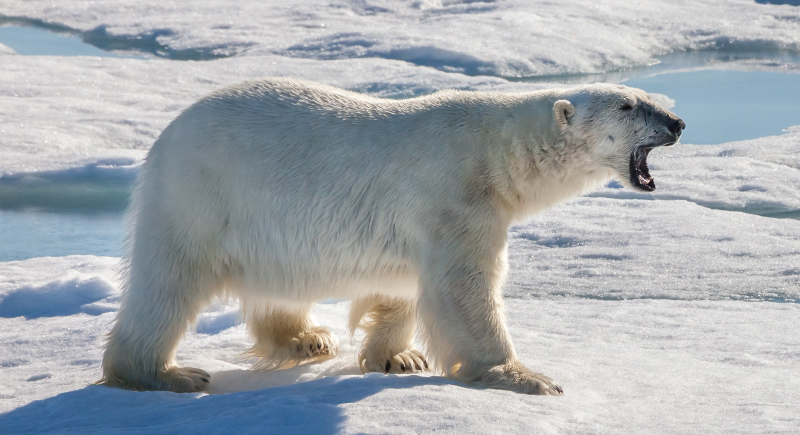
Credit: Wikimedia Commons
Polar bears are the Arctic’s top predator. Beneath their thick white fur is black skin that absorbs heat from the sun. Blubber adds another layer of insulation, and their huge paws spread out the weight for easier walking across thin ice. They’re strong swimmers who can travel for days between drifting ice floes.